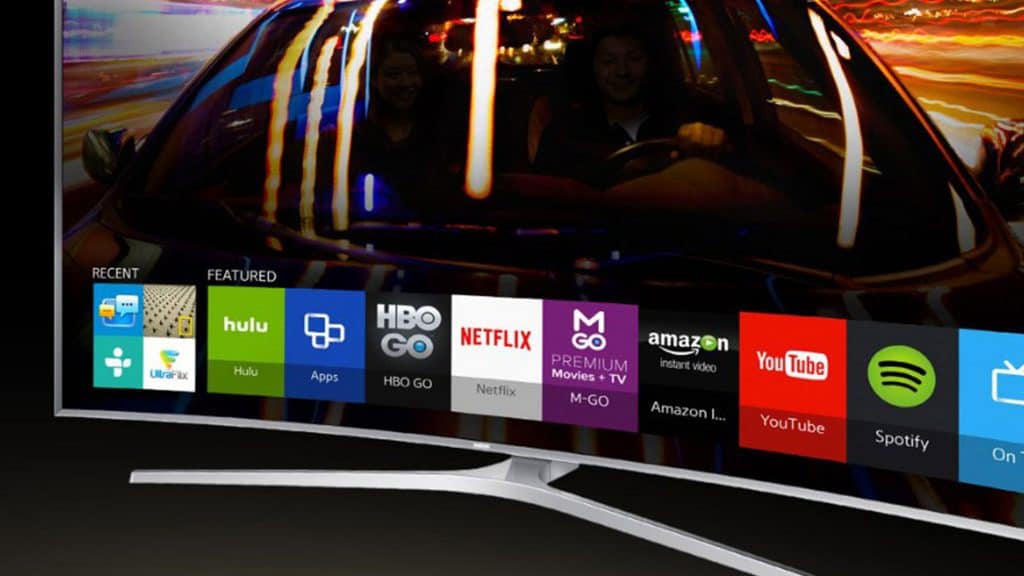The future of the digital video market seems very promising. According to Freewheel’s latest Video Monetization Report, the OTT Industry is developing fast with ad-views on OTT platforms and grew 35% between Q2 2017 and Q2 2018.
The number of digital video viewers worldwide is expected to rise from nearly 472.5 million back in 2015 to over 800 million by 2021, almost doubling in 6 years. There are 88.7 million connected TV households in the U.S., which translates to 71.6% of all households. The numbers make it clear that there’s a huge market share to get to, but what is not clear is who is actually winning it over.
The subscription-based business model seems to be appreciated by the majority of viewers as it dominates the OTT video market today. 18% of TV households worldwide only had SVoD services in the first quarter of 2018 and players such as Netflix, Hulu and Amazon Prime Video are expected to account for 30% of this total, with forecasted revenues of around 16 billion U.S. dollars by 2021.
With that in mind, we need to consider other players in the current streaming environment, free ad-supported platforms that are starting to find their way to viewers. Companies like Roku, Pluto and Xumo are rapidly increasing their audiences with Roku claiming it had 20.8 million users at the end of June, Pluto accounting for 10 million monthly active users and Xumo growing its audience by 325% over the past year.
The question I asked myself is why have free ad-supported platforms gained traction and experienced such sudden viewer growth?
If we think moneywise, subscribing to multiple streaming services adds up and if we think tech-wise, these services are growing fast because they are integrating theirs services natively on Connected TVs. The benefit is mutual: the streaming service acquires potential users automatically and TV manufacturers get ad-revenue share as a recurring income. What we should also (and maybe mostly) consider, is the advertising opportunity. Since this model plays a key role for new digital advertising strategies, it is a new (and almost perfect) way to reach larger audiences.
As of today, Netflix dominates web traffic being the No. 1 downstream application worldwide with almost 15 percent of global internet traffic. Subscription platforms dominate the OTT landscape today but it is clear that free ad-supported services are managing to find their own space in this environment. It’s not clear if the latter will overcome the first, but what is clear is that they are both going digital, all going online.





